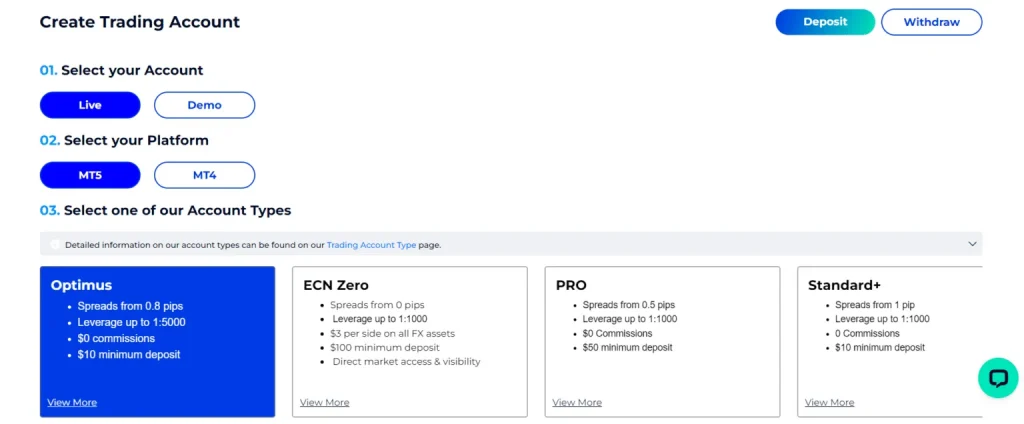The Evolution of Trading Indicators
In Malaysia’s dynamic forex market, the debate surrounding “fx indicators unnecessary” continues to shape trading strategies. Modern traders face the challenge of balancing traditional technical analysis with contemporary market dynamics. This comprehensive guide explores the multifaceted nature of trading indicators and their role in today’s trading environment.

Understanding Market Analysis Tools
Primary Indicator Categories
- Trend Following Indicators
- Momentum Indicators
- Volume-Based Tools
- Volatility Measures
- Sentiment Indicators
Technical analysis has evolved significantly in recent years. Malaysian traders now have access to sophisticated tools that process market data in real-time, yet the fundamental question of whether indicators are essential remains contentious.
Comprehensive Indicator Analysis
| Indicator Type | Key Features | Best Application | Limitations |
| Moving Averages | Trend identification | Long-term analysis | Lag in fast markets |
| RSI | Overbought/Oversold | Short-term trades | False signals |
| MACD | Momentum tracking | Trend confirmation | Complex interpretation |
| Bollinger Bands | Volatility measure | Range trading | Market condition dependent |
The Psychology of Indicator Trading
Understanding the psychological aspects of trading with indicators is crucial. Many traders in Malaysia’s forex market experience:
• Decision paralysis from multiple signals
• Over-reliance on technical tools
• Analysis paralysis from information overload
• Confirmation bias in indicator selection
Advanced Trading Considerations
Market Structure Analysis
- Support and resistance levels
- Price action patterns
- Volume profile assessment
- Time frame correlation
The “fx indicators unnecessary” perspective gains traction when traders develop advanced price reading skills. However, even experienced traders often retain select indicators as confirmation tools.
Integration of Modern Trading Approaches
| Strategy Component | Traditional Approach | Modern Integration |
| Technical Analysis | Indicator-heavy | Hybrid methodology |
| Risk Management | Fixed parameters | Dynamic adjustment |
| Trade Execution | Manual entry/exit | Semi-automated |
| Market Analysis | Single time frame | Multi-time frame |
Developing a Balanced Strategy
Malaysian traders should consider:
- Individual Trading Style
- Time commitment available
- Risk tolerance levels
- Technical proficiency
- Capital management goals
Practical Implementation Guidelines
The implementation of indicators should follow a structured approach:
- Market Context Analysis
- Indicator Selection Process
- Strategy Testing Phase
- Performance Monitoring
- Regular Strategy Reviews
When discussing “fx indicators unnecessary,” it’s essential to consider that successful trading often combines multiple analytical approaches.
Risk Management Framework
| Risk Element | Control Measure | Implementation Method |
| Position Size | Percentage-based | Account-specific calculation |
| Stop Loss | Technical levels | Multiple time frame analysis |
| Take Profit | Risk-reward ratio | Market structure based |
| Exposure | Portfolio limits | Cross-correlation assessment |

Advanced Technical Considerations
The evolution of technical analysis includes:
• Machine Learning Integration
• Artificial Intelligence Analysis
• Pattern Recognition Technology
• Automated Signal Generation
Conclusion
The debate over indicator necessity in forex trading continues to evolve. While some Malaysian traders successfully trade without indicators, others find value in selective indicator usage. The key lies in developing a personalized approach that balances technical analysis with practical trading requirements.
FAQ
How do Malaysian traders typically start with indicators?
Most begin with basic trend indicators like moving averages and gradually incorporate momentum indicators as their understanding grows
Can automated trading systems replace manual indicator analysis?
While automation can assist, understanding indicator basics remains crucial for successful trading strategy development.
What role do indicators play in risk management?
Indicators help identify potential risk levels and optimal position sizing, though they shouldn’t be the sole decision factor.
How has indicator usage evolved in modern trading?
Modern trading combines traditional indicators with advanced analytics and artificial intelligence for more comprehensive analysis.
Are custom indicators worth the investment?
Custom indicators can be valuable if they align with your trading strategy, but standard indicators often provide sufficient analysis capabilities.

